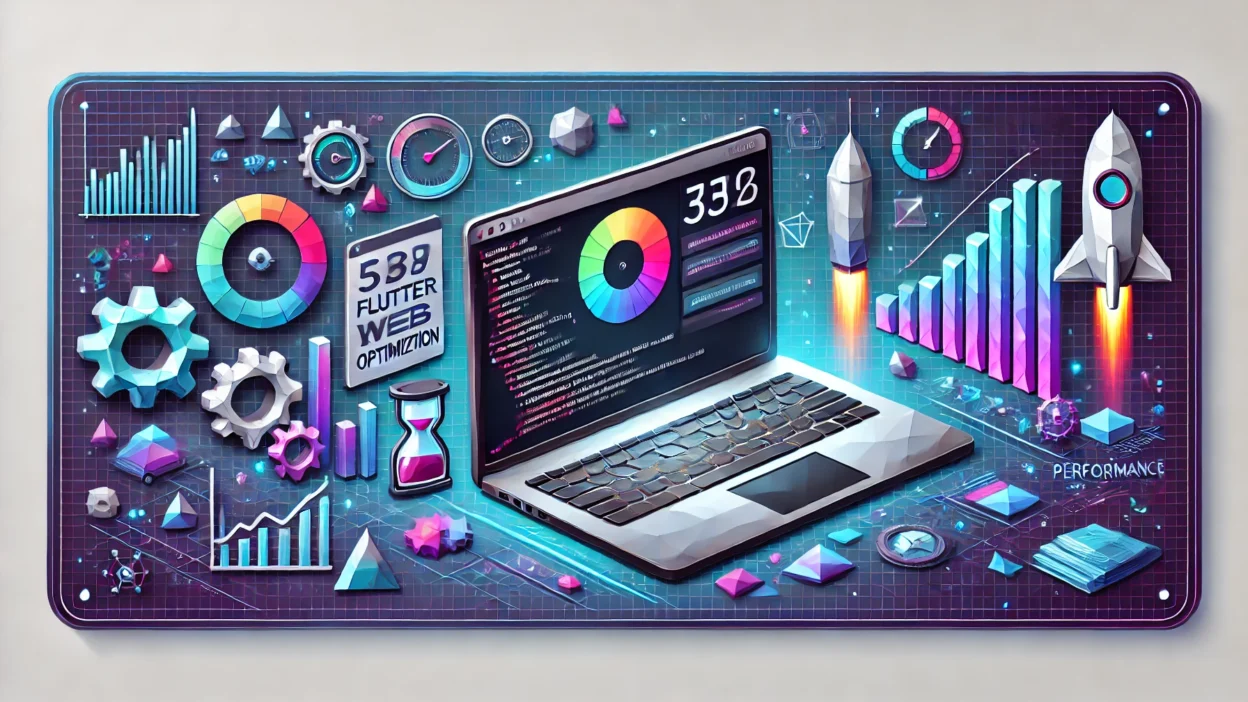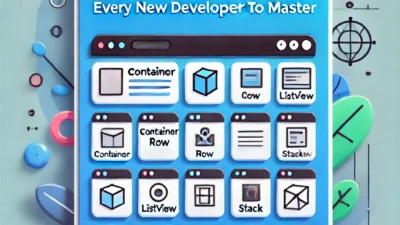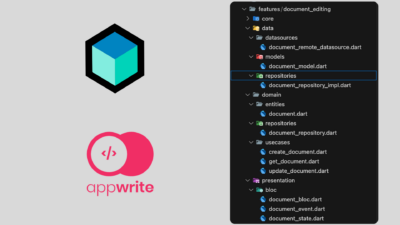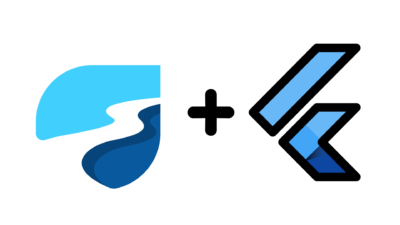In today’s fast-paced digital environment, web performance is no longer just a technical consideration—it’s a critical business metric. Users expect websites to load instantly, and studies consistently show that even small delays in load times can significantly impact user engagement and conversion rates. For Flutter web applications, achieving sub-second load times requires a strategic approach to optimisation. In this article, we’ll explore proven techniques to dramatically improve your Flutter web app’s performance.
Understanding the Flutter Web Rendering Pipeline
Before diving into optimization strategies, it’s important to understand how Flutter renders web content. Flutter web offers two rendering engines:
- HTML renderer: Translates Flutter widgets into HTML elements and CSS
- CanvasKit renderer: Renders using WebGL and Skia (the same graphics engine used in Flutter mobile)
Each has performance implications that will influence your optimization strategy.
Key Metrics for Flutter Web Performance
When discussing sub-second load times, we need to define what we’re measuring:
- First Contentful Paint (FCP): Time until the first content appears
- Largest Contentful Paint (LCP): Time until the largest content element is visible
- Time to Interactive (TTI): When the page becomes fully interactive
- First Input Delay (FID): Responsiveness to the first user interaction
For true sub-second performance, aim for an FCP under 500ms and an LCP under 800ms.
Optimization Strategies
1. Optimize the Initial Bundle Size
Flutter web compiles into JavaScript, which must be downloaded before your app can run. Reducing this initial payload is critical for fast load times.
// Use deferred loading for non-critical features
import 'package:my_app/heavy_feature.dart' deferred as heavy_feature;
// Load the feature only when needed
Future<void> loadFeatureWhenNeeded() async {
await heavy_feature.loadLibrary();
heavy_feature.showFeature();
}
2. Choose the Right Renderer for Your Use Case
# HTML renderer (smaller initial download, faster startup)
flutter build web --web-renderer html
# CanvasKit renderer (more consistent visuals, better performance for complex UIs)
flutter build web --web-renderer canvaskit
# Auto (uses HTML on mobile, CanvasKit on desktop)
flutter build web --web-renderer auto
The HTML renderer typically offers faster initial load times, while CanvasKit provides better runtime performance for complex animations and interactions.
3. Implement Proper Caching Strategies
Configure your web server to leverage browser caching:
# Example Nginx configuration
location / {
add_header Cache-Control "public, max-age=31536000, immutable";
}
# But ensure your index.html is not cached
location /index.html {
add_header Cache-Control "no-cache";
}
4. Optimize Image Assets
Images often constitute the largest portion of a web page’s size. Implement these strategies:
- Use appropriate formats (WebP for photos, SVG for icons)
- Implement responsive images
- Leverage lazy loading
// Example of lazy loading images
ListView.builder(
itemBuilder: (context, index) {
return index > visibleItemsCount
? const SizedBox.shrink() // Placeholder
: Image.network('https://example.com/image_$index.webp');
}
)
5. Implement Code Splitting
Break your application into smaller chunks that load only when needed:
// Using Flutter's built-in routing system for code splitting
GoRouter(
routes: [
GoRoute(
path: '/',
builder: (context, state) => const HomePage(),
),
GoRoute(
path: '/feature',
builder: (context, state) => const FeaturePage(),
),
],
)
6. Leverage Service Workers for Offline Capabilities
Service workers can cache your application shell and assets, providing instant load times on repeat visits:
// Initialize service worker in main.dart
void main() {
if (kIsWeb) {
registerServiceWorker();
}
runApp(MyApp());
}
Future<void> registerServiceWorker() async {
if (navigator.serviceWorker != null) {
await navigator.serviceWorker.register('/flutter_service_worker.js');
}
}
7. Minimize Third-Party Dependencies
Each external package adds to your bundle size. Audit your dependencies regularly:
# Good practice in pubspec.yaml
dependencies:
# Instead of importing the entire package
# material_design_icons_flutter: ^5.0.0
# Import only what you need
font_awesome_flutter: ^10.1.0
8. Implement Preloading for Critical Resources
Use <link rel="preload"> tags in your index.html to start loading critical resources early:
<head>
<link rel="preload" href="main.dart.js" as="script">
<link rel="preload" href="fonts/Roboto-Regular.ttf" as="font" crossorigin>
</head>
9. Optimize State Management
Inefficient state management can cause unnecessary rebuilds. Choose a solution that minimizes rebuilds:
// Example using Provider for efficient rebuilds
Consumer<AppState>(
builder: (context, state, child) {
// Only this widget rebuilds when AppState changes
return Text(state.value);
},
)
10. Implement Progressive Web App (PWA) Features
Converting your Flutter web app to a PWA can significantly improve perceived performance:
<!-- Add to index.html -->
<link rel="manifest" href="/manifest.json">
Case Study: Achieving 800ms Load Time
Let’s examine a real-world optimization of a Flutter e-commerce application:
- Initial state: 3.2 second FCP, 5.1 second TTI
- After bundle optimization: 1.8 second FCP, 2.9 second TTI
- After switching to HTML renderer: 1.2 second FCP, 2.4 second TTI
- After implementing lazy loading: 0.9 second FCP, 1.8 second TTI
- After implementing service worker: 0.8 second FCP, 1.6 second TTI
Measuring Your Optimizations
Always measure the impact of your optimizations using tools like:
- Chrome DevTools Performance panel
- Lighthouse
- WebPageTest
- Firebase Performance Monitoring
Conclusion
Achieving sub-second load times with Flutter web is challenging but entirely possible with a systematic approach to optimisation. Focus first on reducing initial bundle size, then optimize rendering paths, and finally implement caching strategies. By following these techniques, you can deliver the smooth, native-like experience that Flutter promises—but on the web, with load times that rival traditional websites.
Remember that optimization is an ongoing process, not a one-time effort. Regularly audit your application’s performance and be prepared to adapt your strategies as Flutter web continues to evolve.
About the Author
This article was published on fluttercodinghub.com, a community resource dedicated to Flutter development best practices and optimization techniques.





